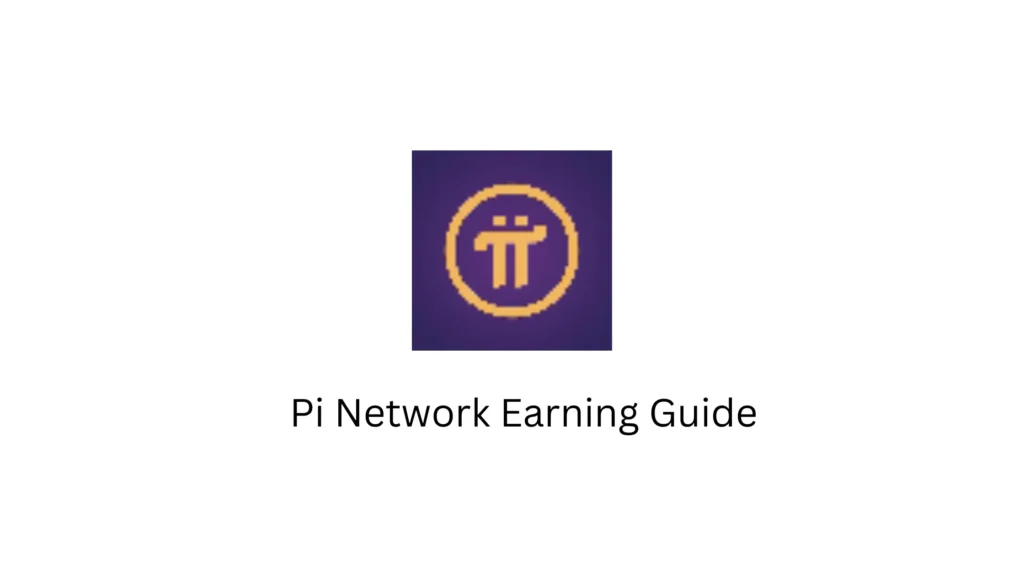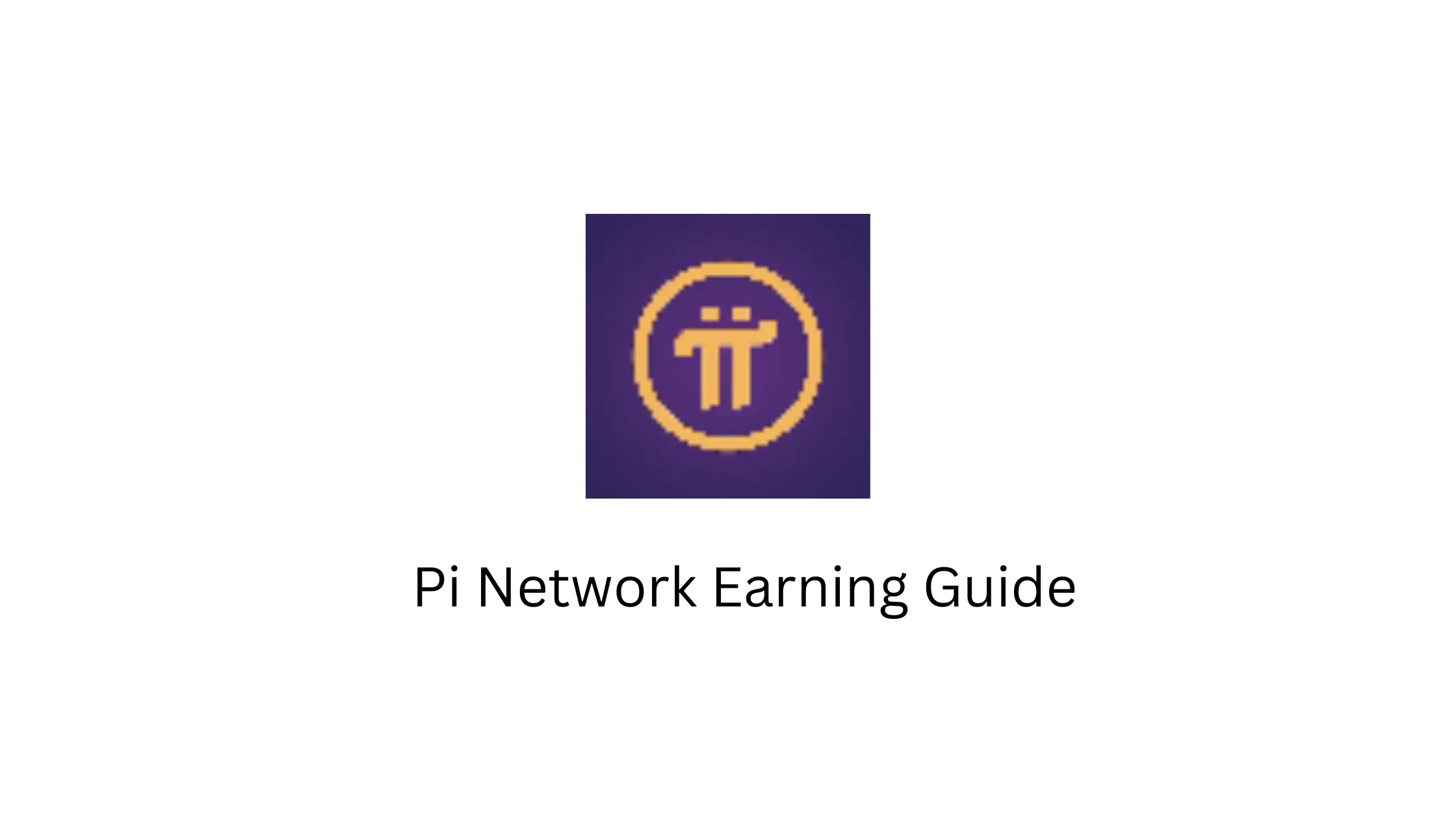Introduction
Cryptocurrency has revolutionized the financial world—but it’s still inaccessible for many due to high mining costs and complex tech. Enter Pi Network, a mobile-first cryptocurrency project designed to bring crypto to the masses with zero investment.
In this ultimate guide, we’ll explore what Pi Network is, how it works, how you can earn Pi coins, when the Mainnet might launch, and whether you can actually make money with it in 2025 and beyond.

1. What is Pi Network?
Pi Network is a mobile-based cryptocurrency platform that allows users to mine crypto through their smartphones without draining battery or requiring technical expertise.
It was launched on March 14, 2019 (Pi Day), and has since grown into one of the most widely downloaded crypto apps, boasting over 50 million+ engaged users.
The Pi ecosystem includes:
- A mobile mining app
- A KYC verification process
- A built-in wallet
- The Pi Browser for decentralized apps (dApps)
- A future Mainnet expected to go public
Pi Network’s goal is simple: make crypto as easy as using Instagram.
2. How Pi Coin Works: The Basics
Unlike Bitcoin or Ethereum, which use energy-intensive mining, Pi Network uses a consensus algorithm called the Stellar Consensus Protocol (SCP). Here’s the catch: it doesn’t actually require mining on your device.
Instead, Pi “mining” is more of a user engagement system. You earn Pi coins for:
- Signing in daily
- Tapping “mine” every 24 hours
- Referring friends
- Building a “security circle” of trusted users
The rate of Pi earned decreases as more users join, creating a form of scarcity over time. This model is designed to reward early adopters and incentivize user growth.
3. Who Founded Pi Network?
Pi Network was created by a team of Stanford graduates:
- Dr. Nicolas Kokkalis: Head of Technology
- Dr. Chengdiao Fan: Head of Product
- Vincent McPhillip (former head of community)
Unlike anonymous crypto founders (like Bitcoin’s Satoshi), Pi’s creators are public and have academic credentials, which adds to the project’s legitimacy.
4. Is Pi Network Legit or a Scam?
Pros:
- Public and qualified team
- Strong community backing
- KYC verification for anti-bot security
- Ecosystem dApps under development
- No upfront payment or investment needed
Cons:
- No open Mainnet as of June 2025
- No Pi price listed on major exchanges
- Monetization is still experimental
There is no evidence that Pi Network is a scam, but it remains in development, so users should approach it as a speculative project with long-term goals.
5. How to Start Earning Pi Coin (Step-by-Step)
Step 1: Download the Pi Network app on Android or iOS
Step 2: Sign up with an invite code (mandatory)
Step 3: Verify your account (via phone or Facebook)
Step 4: Tap the lightning bolt every 24 hours to mine
Step 5: Invite others to join using your referral code
Step 6: Form your Security Circle with 3-5 trusted users
Step 7: Complete your KYC when eligible
No mining rigs. No crypto wallets. No fees. Just your phone.
6. Increasing Your Pi Mining Rate
The base mining rate has dropped over time, so you’ll need to optimize your activity to earn more:
- Invite Friends: Every verified referral increases your rate
- Security Circle: A completed circle boosts your trust rating
- Node Participation: Tech-savvy users can run a Pi Node on their desktop
- Use Pi Browser Apps: Engage with dApps to unlock bonuses in some campaigns
Consistent daily mining and community involvement are key to maximizing earnings.
7. What is Pi KYC and Why It Matters
KYC (Know Your Customer) is required to validate your Pi coins for Mainnet migration.
Why it matters:
- Only KYC-verified users will be allowed to transfer or sell Pi once Open Mainnet is launched
- It ensures users aren’t bots or fake accounts
- KYC rollout is staggered, so you may not get the prompt immediately
You’ll need:
- A government-issued ID
- Facial verification (liveness check)
- Patience—verification may take days
Without completing KYC, your mined Pi coins cannot be transferred or used in the future.
8. When Will Pi Network Mainnet Launch?
Pi Network is currently in the “Enclosed Mainnet” stage, meaning:
- Users can use Pi in the ecosystem
- Transactions are internal only
- Pi is not listed publicly
The Open Mainnet, where Pi coins can be sent outside the network and traded on exchanges, is expected in late 2025, though no official date has been confirmed.
Until the Open Mainnet launches, Pi remains in a closed ecosystem.
9. Can You Sell Pi or Convert It to Cash?
- You cannot trade Pi on Binance, Coinbase, or any major exchange yet
- Some unofficial peer-to-peer trades exist, but they carry risk
- You can buy/sell goods on Pi ecosystem apps using Pi
- Once Open Mainnet launches and listings occur, Pi could have real monetary value
Until then, any transaction using Pi is part of a controlled environment, and not recognized on global crypto markets.
10. Pi Coin Value: How Much Is Pi Worth?
As of now, Pi Network has no officially recognized market price.
However:
- P2P trades on Telegram groups and marketplaces have listed Pi between $5 and $45 per coin
- These are not validated or backed by Pi Core Team
- Future value will depend on:
- Exchange listings
- Adoption by businesses
- Circulating supply after Mainnet
Prediction: If Pi gains traction, listings could open around $1–$10, but that’s pure speculation.
11. Real Use Cases and Ecosystem Apps
Through the Pi Browser, users can access decentralized apps built on the Pi blockchain:
- PiChain Mall: E-commerce platform for Pi-based transactions
- PiCare: Service marketplace
- Pi Workforce Pool: Freelancing and task-based jobs for Pi
- Pi Games: Casual games that reward users with Pi
These platforms test Pi’s real utility in a controlled environment. Expect more as Mainnet expands.
12. Risks and Criticisms of Pi Network
Major Concerns:
- No market liquidity: You can’t withdraw or trade Pi
- Long wait time: Years have passed since launch, and Mainnet is still not public
- Monetization model: The app shows ads, which makes some users suspect it’s an ad-farming project
- Decentralization debate: Some say Pi is too centralized, with the core team holding too much control
Users should approach Pi as an experiment with possible upside—not a guaranteed financial return.
13. The Future of Pi Network: Predictions and Roadmap
Here’s what the community expects by end of 2025:
| Feature | Status | ETA |
|---|---|---|
| Open Mainnet | In Progress | Late 2025 |
| Exchange Listing | Not Yet | TBD |
| NFT/Smart Contracts | Prototype | 2025–2026 |
| Pi Wallet Upgrades | Partial | Ongoing |
| KYC Completion | Rolling | By Q4 2025 |
The team’s focus appears to be on utility, not hype—which may give Pi long-term survival if the ecosystem continues growing.
14. FAQs
Q1. Is Pi Network real or fake?
Pi Network is a real project with a legitimate app, user base, and development team. However, it’s still in development and does not currently support trading Pi for fiat money.
Q2. How to earn from Pi Network?
You can earn Pi by signing into the app daily, pressing the mine button, inviting new users, and completing your security circle. Running a node and engaging in the Pi Browser ecosystem may increase your mining rate or rewards.
Q3. Is Pi coin listed on Binance or any exchange?
No, Pi is not listed on Binance, Coinbase, or any recognized exchange as of 2025. Listings may occur after Open Mainnet goes live.
Q4. What is Pi Network KYC?
Pi KYC is the identity verification process required to validate your mined coins. It involves submitting a government ID and facial recognition check. Only KYC-verified users will be able to use Pi during and after Mainnet.
Q5. What is the current value of Pi coin?
Pi does not have an official market value yet. Peer trades have listed it anywhere between $5–$45, but these values are unverified and fluctuate based on demand.
Q6. Can I make real money with Pi Network?
As of now, you cannot withdraw Pi to real money. You can exchange goods or services in the Pi ecosystem. Profits depend on future listings and ecosystem growth.
Q7. When will Pi coin be available to sell?
Only after the launch of Open Mainnet and official exchange listings. This is expected sometime in late 2025, but no date is confirmed.
15. Final Verdict: Is Pi Network Worth It?
Pi Network is not a get-rich-quick scheme. It’s a social experiment in building a mobile-first crypto economy.
Is it legit? So far, yes.
Will it be profitable? Only if the Mainnet delivers.
Should you quit your job for Pi? Absolutely not.
If you’re OK with tapping once a day and waiting, Pi could be a worthwhile long-term hold. If you’re chasing instant cashouts, this probably isn’t for you.




